AMD’s New Ryzen Mobile CPU Naming Scheme Explained
Telling mobile processors apart, be it Intel or AMD, simply by looking at a series of numbers is a difficult task. Can one really differentiate between Core i5-1240P and i5-12450H? or between Ryzen 5900X and 5900HX? The process becomes even more challenging as we head down the lineup. As in the case of AMD, where multiple processor generations exist in the same lineup – Ryzen 5700U is a Zen 2 processor, while 5800U is a Zen 3 one. In a bid to make this easier, AMD has announced a new naming scheme for its Ryzen mobile processors, but as we will explore in the article, it’s so complicated that you will need a “decoder ring” to solve it. That said, let’s jump in and understand how AMD’s new Ryzen CPU naming scheme works.
AMD’s New Ryzen CPU Naming Scheme (2022)
In this article, we will try to figure out why AMD has embarked on this journey to change their processor naming scheme, as their older scheme, while complicated in a certain sense, was relatively easy to understand and comparable to their bête noire – Intel. Moreover, we would also take this opportunity to explore how the new Ryzen mobile processor naming scheme works and analyze how it fails to understand the fundamental issue users have with processor classifications.
Table of Contents
What Is AMD’s Current CPU Naming Scheme Like?
Before we look at the new naming system, let’s have a glance at the current system of classification of AMD’s mobile processors. The first thing we realize when we look at AMD’s current mobile CPU lineup is that the new naming scheme succeeds an already confusing convention.
The older Ryzen mobile processors are all over the place. Some generations like the Ryzen 4000 (Zen 2) and Ryzen 6000 (Zen 3+) series use a staggered naming scheme, where some mobile processors have a higher series number for their product name compared to the same generation desktop SKUs. While others like the Ryzen 3000 (Zen+) and Ryzen 5000 (Zen 3) CPUs share the same numbers as the desktop chip but have a totally different manufacturing process.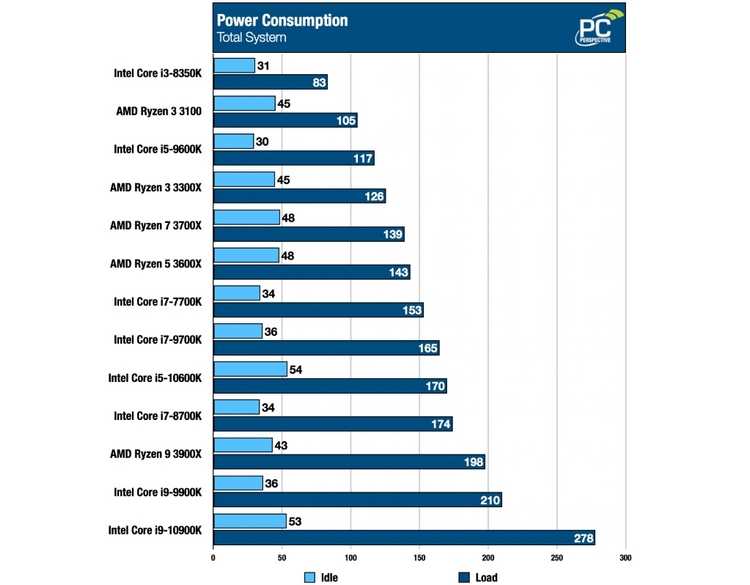
Image credits: AMD
Anyway, process node complications aside, let’s deconstruct the current way of naming Ryzen mobile processors. For this, we will use the current-gen Ryzen 6000 flagship processor – Ryzen 9 6980HX – as an example. The “Ryzen 9” part denotes the level of the processor in AMD’s hierarchy, which is kind of similar to Intel’s (i3, i5, and i7). The “9” puts the chip at the top of the lineup, which is divided into four different levels – Ryzen 3, Ryzen 5, Ryzen 7, and Ryzen 9.
As for the next element, the “6” indicates the generation, which in this case is the sixth generation. The following “9” situates the chip in a relative sense versus other sixth-generation Ryzen 9 CPUs. So, a 6980HX will be more performant than a 6780HX. The last two digits are simply differentiators, which almost always are “00” or a step-up multiple of 5 or 10 if the preceding number isn’t enough characterization. AMD uses this method to differentiate its PRO lineup from its mainstream chips.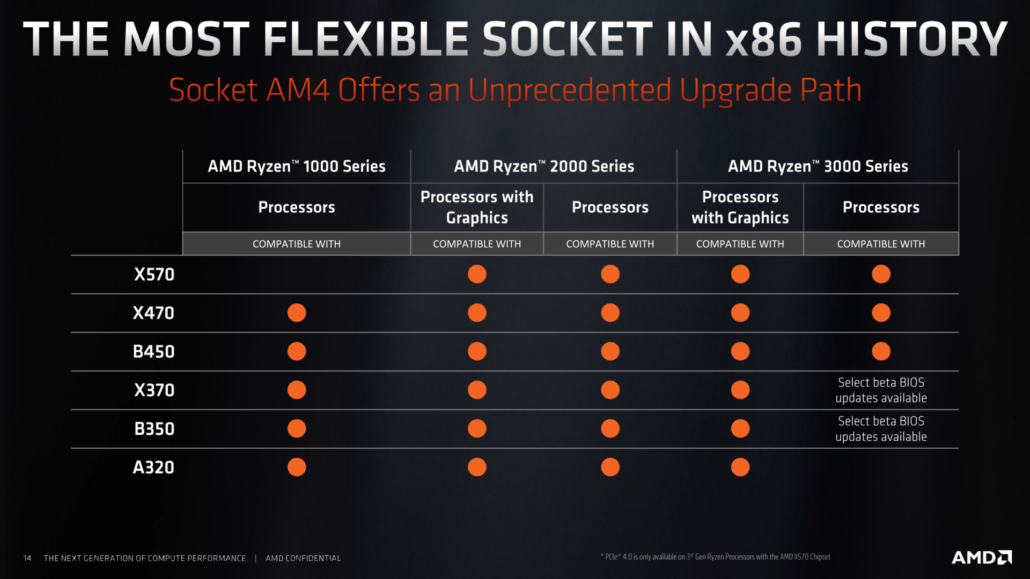 An example being the Ryzen 7 PRO 5875U, where the “5” usually indicates an ultra-low-power mobile-class processor.
An example being the Ryzen 7 PRO 5875U, where the “5” usually indicates an ultra-low-power mobile-class processor.
Now, what about the letters at the end of the numbers in the chip name? These letters tell you what power class the mobile chips belong to. For AMD Ryzen chips, U stands for ultra portable (15-28W), H is for high-power mobile (35-45W), and the HX denotes high-performance overclockable mobile chips (55W) with the highest power requirements.
The H-class CPUs in the Ryzen lineup are meant for mainstream power notebooks, gaming laptops, and workstations, usually paired with discrete graphics. The U-class CPUs are meant for lightweight laptops, usually relying on on-chip graphics. For AMD mainstream mobile APUs, the processor naming scheme till now has gone something like this:
| Microarchitecture | Processor Generation | Model Example |
|---|---|---|
| (First Gen) Zen | Ryzen 2000 series | Ryzen 2800H |
| (Second gen) Zen+ | Ryzen 3000 series | Ryzen 7 3750H |
| (Third Gen) Zen 2 | Ryzen 4000 series | Ryzen 7 4800H |
| (Third Gen) Zen 2 | Ryzen 5000 series | Ryzen 7 5700U |
| (Fourth Gen) Zen 3 | Ryzen 5000 series | Ryzen 7 5800H |
| (Fifth Gen) Zen 3+ | Ryzen 6000 series | Ryzen 9 6980HX |
As you can see here, a confusing complication has come up with these chips — many different Zen architectures have come up in the same Ryzen generation.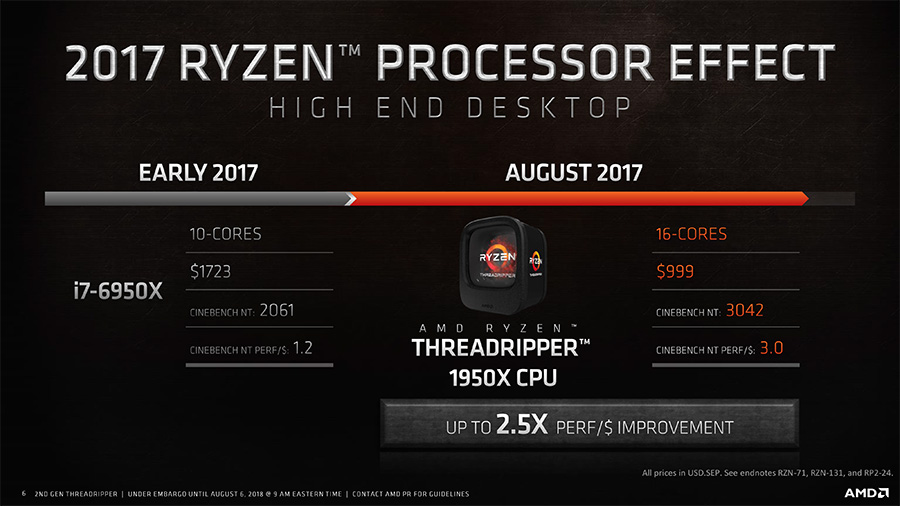 And that means you end up with two classes of similar-sounding chips with very different innards and efficiencies. This makes it particularly difficult for buyers to distinguish between the chips unless they are well versed in computer hardware.
And that means you end up with two classes of similar-sounding chips with very different innards and efficiencies. This makes it particularly difficult for buyers to distinguish between the chips unless they are well versed in computer hardware.
New Ryzen CPU Naming Scheme: What’s the Plan?
It is in this context of confusing designation and classification that AMD realized that their current naming scheme was insufficient. This sentiment was expressed by Robert Hallock, AMD’s director of technical marketing, in a recent blog post. Taking cognizance of the issue, Hallock said, “Our current naming system for Ryzen Mobile Processors was at an end. It simply could not accommodate the influx of new SOCs in new categories we’re developing.“
He further explained that the company’s new naming scheme comes at the point in time where the current scheme has multiple processor families existing in one generation with differential capabilities. And well, AMD intends to fix this with their new naming system.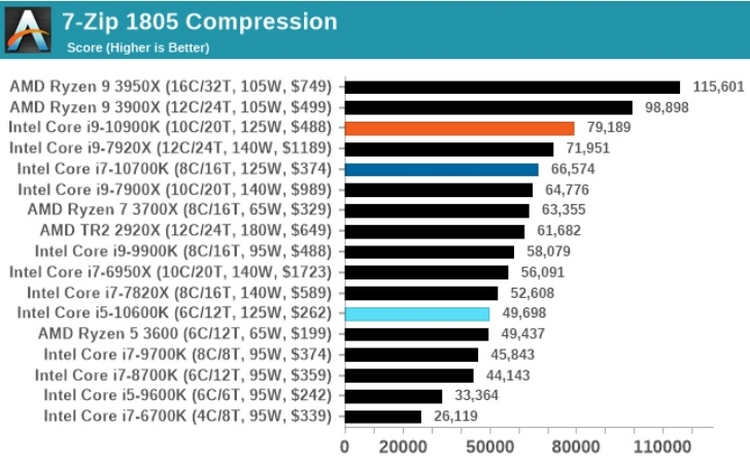 Hallock argued that the new system is going to be technical yet straightforward in a way, where enthusiasts should be able to decode the numbers to see what’s inside, while at the same time being easy enough for the average user to figure out that “a higher number simply connotes higher CPU performance”.
Hallock argued that the new system is going to be technical yet straightforward in a way, where enthusiasts should be able to decode the numbers to see what’s inside, while at the same time being easy enough for the average user to figure out that “a higher number simply connotes higher CPU performance”.
Well, the question that everyone is going to ask is – why now? We would argue that while the problems of older naming schemes could be one of the key factors influencing this decision, the larger factor is the future possibilities that AMD wants to unlock with this new naming scheme. AMD’s announcement came in the background of their claim that the volume of notebook shipments with Ryzen chips has grown 49% in just 2 years. As the mobile market becomes more important for them, it’s only logical for them to adopt a system that helps them achieve further growth.
When Does AMD Start Using the New Name Scheme?
Image courtesy: AMD
AMD has said that the new naming scheme will be used starting from 2023 and would apply to all of their 7000 series mobile CPUs, which will span across five different market segments using five different SOCs.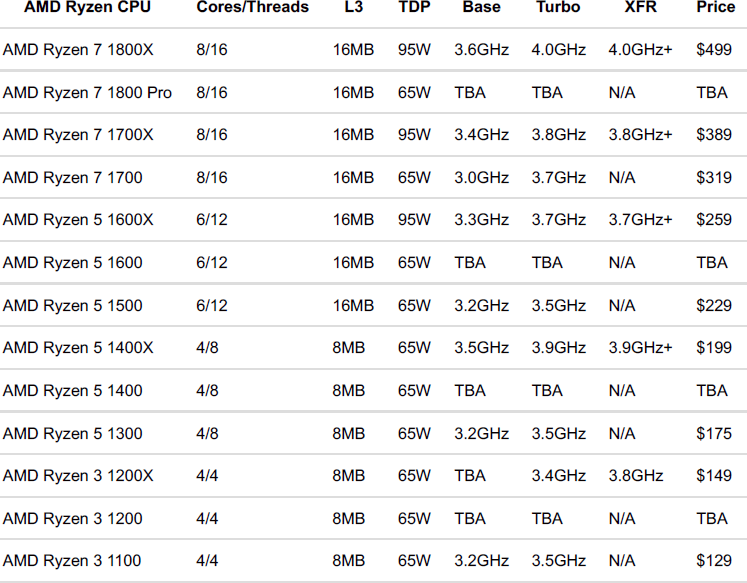 The first chip will be the Phoenix and Dragon Range Ryzen 7000 CPUs.
The first chip will be the Phoenix and Dragon Range Ryzen 7000 CPUs.
Furthermore, AMD has claimed that the new numbering system will be a long-term project and form a foundation for their mobile processors for years to come. They claim to have already “smoke-tested” it against a 5-year timeline, so we can expect this naming scheme to be in play till at least 2027.
It was only natural that AMD plans to use the new scheme to demarcate its new Zen 4-based Ryzen 7000 series processors from 2023. The company announced new motherboard chipsets for 7000-series processors. These new generation of CPUs have so many different variants that the current scheme would just not be able to handle all these different models and make. The blog post was then a sort of primer, a way to tell us that the new processor generation is going to “be” something new under the sun.
How the New AMD Ryzen Mobile CPU Naming Scheme Works?
Now that we have looked at the current-gen naming scheme and the need for a change, let’s look at what’s new with the new Ryzen mobile processor naming scheme.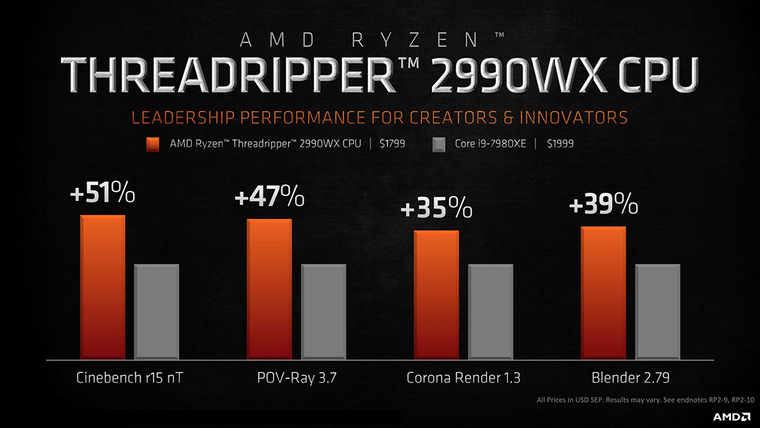 AMD explained that each digit within the model numbers signifies particular aspects of the chip, and when you read them together, it could tell you all the relevant information you need to know about the processor. Is that really true and how specific is this information? Let’s make sense of the new Ryzen mobile processor naming scheme below.
AMD explained that each digit within the model numbers signifies particular aspects of the chip, and when you read them together, it could tell you all the relevant information you need to know about the processor. Is that really true and how specific is this information? Let’s make sense of the new Ryzen mobile processor naming scheme below.
First up, as shown in the image below, the new naming scheme is quite similar to the current scheme. The processor name continues to include four digits and a letter suffix, where the numbers indicate the processor generation and the suffixes indicate architecture and power. AMD says that the new names will make it easier for enthusiasts to understand how powerful is a given Ryzen mobile chip.
Image courtesy: AMD
- The first digit here describes the generation’s model year. So “7” is for 2023, “8” is for 2024, and so on. AMD believes this will help people identify when the chip was originally launched and sold.
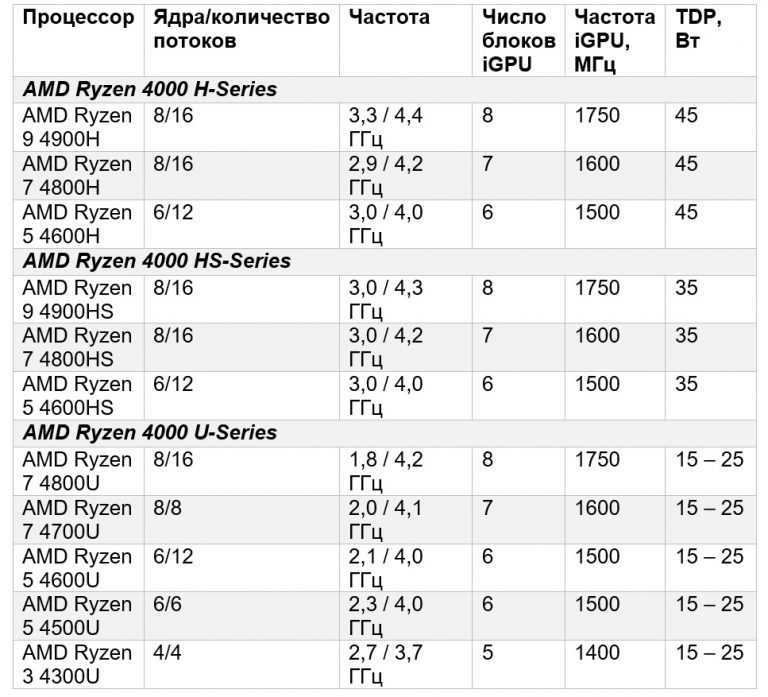
- The second digit explains the family of processors. We will use “1” for Athlon Silver, “2” for Athlon Gold, and so on. In general, each family should have two potential digits: Ryzen 5 chips will be “5” and “6,” and Ryzen 7 will be “7” and “8”. Ryzen 9 chips, though, will share “8” with Ryzen 7 and have their own number, “9.”
- The third digit will explain the processor architecture. Here, “2” stands for Zen 2, “3” for Zen 3 and Zen 3+, and “4” for Zen 4. This is a wholly new approach, which might be the biggest change in the naming scheme, as it will allow many different architectures to exist in the same processor generation. For example, the new Ryzen 7640U processor will be based on Zen 4 architecture. But this approach does give AMD the flexibility to include both Zen 3 and Zen 2-based CPUs in the Ryzen 7000 series.
- The fourth digit, the last one, is purely a feature differentiator.
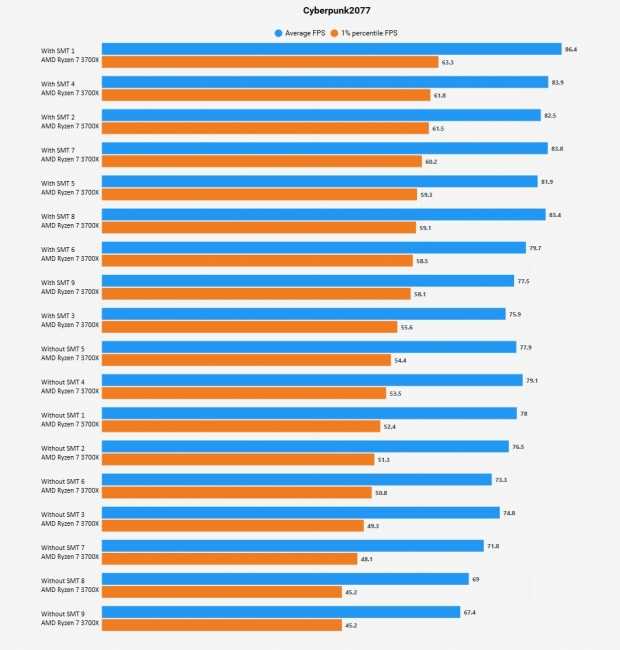 It will be used to isolate the upper and lower models of a given processor. Now, we don’t have an answer to what this will entail, but it could theoretically work as an aspect of distinction if, let’s say, there is an intermediatory step-up in the architecture from Zen 3 to Zen 3+.
It will be used to isolate the upper and lower models of a given processor. Now, we don’t have an answer to what this will entail, but it could theoretically work as an aspect of distinction if, let’s say, there is an intermediatory step-up in the architecture from Zen 3 to Zen 3+.
- Finally, AMD will be using the same U (15 to 28 watts), HS (35 watts), and HX (55-watt or above) suffixes with its Ryzen 7000 mobile processors to distinguish the overarching power class.
Moreover, AMD also revealed two new additions to the power class, i.e C and E. The “C” suffix, according to the blog post, will be used for power-efficient CPUs, designed especially for Chromebooks as opposed to Windows. And the “E” suffix will be used for the forthcoming 9-watt low-power CPUs, which will most likely be used in ultra-portable laptops.
Decoder Wheel shared by AMD (Image courtesy: PC Mag)
What About the Naming of AMD’s Desktop Processors?
Now, many of you must be wondering – does the new naming scheme apply only to AMD Ryzen mobile processors? If so, why? So far, AMD is rolling out this new naming scheme only for its mobile chips, starting from 2023, and has no plans to update its desktop lineup nomenclature.
This was confirmed at the release of Ryzen 7000 desktop processors, as we were given a definitive outlay of what AMD expects to do with their desktop processors in the coming years. The first four Ryzen 7000-series desktop processors — 7950X, 7900X, 7700X, 7600X — have been released, and as we have seen will not follow the new naming system. They have the exact name scheme as the preceding Ryzen 5000 series desktop lineup.
AMD 7000 series desktop chips
This, however, doesn’t mean that the following system cannot be implemented in the future. But we believe that the chances of this being adopted in the desktop space are unlikely. Why? Well, that’s because desktop chips are much simpler than mobile processors as they don’t have power limits or size constraints.
So while mobile processors need to have different configurations for different types of laptop configs, ranging from ultrabooks to gaming laptops, desktop chips only need to be made for a single type of setup.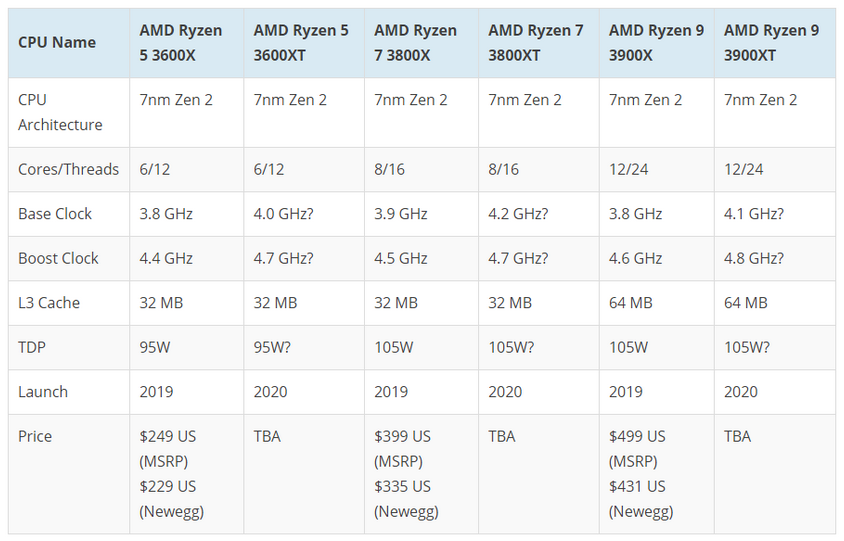 This means most desktop processors come in a single power variant and use common design principles throughout the lineup, escaping any need for niche classification that is important in the mobile space.
This means most desktop processors come in a single power variant and use common design principles throughout the lineup, escaping any need for niche classification that is important in the mobile space.
AMD’s New Mobile Processor Naming Scheme Explained
The name of mobile processors have never been easy to understand. Historically, both Intel and AMD have struggled to keep their mobile chip lineups straight, as many a time, they have turned out to be confusing, and in some aspects, overwhelming. One only has to go back a few years, when Intel launched the M-series CPUs. What category did the Intel M lineup of processors lie in? How did they differ from the U lineup? Intel never gave us the answers, and now are most probably lost in the sands of time.
So the fact that AMD has tried to make this labyrinth of mobile processors more legible is commendable. But have they really succeeded at this task? We don’t think so. Instead, we believe that a lot of consumers will make mistakes when purchasing these CPUs, as they aren’t as easy to make sense of as AMD would claim.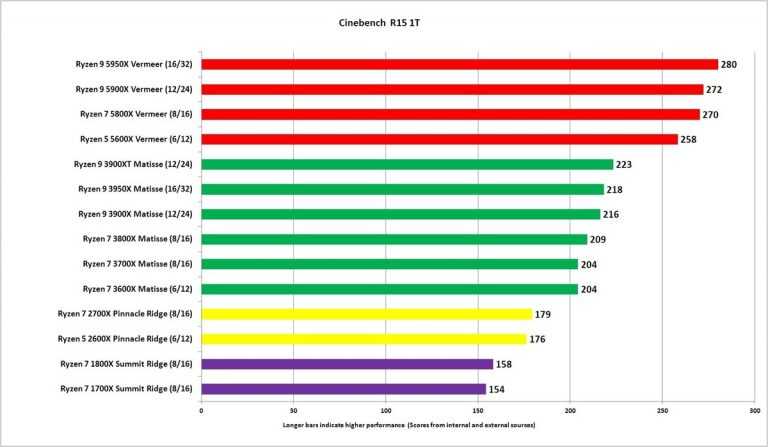 The fact that important information like the process node (hidden in the numbers) is hard even for experienced PC enthusiasts to make out, we can only imagine how it would be for an average user. So what do you think of AMD’s new naming scheme for mobile Ryzen CPUs, do let us know in the comments below.
The fact that important information like the process node (hidden in the numbers) is hard even for experienced PC enthusiasts to make out, we can only imagine how it would be for an average user. So what do you think of AMD’s new naming scheme for mobile Ryzen CPUs, do let us know in the comments below.
AMD Naming Scheme Guide: Ryzen Series Explained
- July 2, 2022
- Salisonline Editorial Staff
The rise of AMD has been nothing short of spectacular. Throughout the last few years, the company has clawed its way back from a distant third place in the CPU race to nearly equal footing with Intel. This is especially impressive when you consider that it’s done so using what many would agree was a less-than-impressive chip design process and architecture.
That, however, has all changed now with the introduction of AMD’s Ryzen processors. These new chips take everything good about their older architecture (Zen) and add a much-needed shot of adrenaline to their product line. Now AMDs are coming back stronger than ever, poised to take over your entire system.
Now AMDs are coming back stronger than ever, poised to take over your entire system.
AMD Ryzen Series Names Explained
The Ryzen series is AMD’s newest line of CPUs. The first CPUs to come out were the Ryzen 3, 5, and 7, which were released on July 27, 2017. The Ryzen 9 was released on August 31, 2017. The CPUs are based on Zen microarchitecture and are manufactured on a 14nm process.
The Ryzen series is divided into two parts: the Ryzen 3, 5, and 7 are for mainstream users, while the Ryzen 9 is for high-end users.
AMD Ryzen 3
AMD Ryzen 3 is the budget series of CPUs from AMD. The CPUs in this series are cheaper and have less powerful specs when compared to the Ryzen 5 and 7 series. Even so, they are still good performers and are great for budget systems. The newest line of CPUs, the Ryzen 3 5100 and 5300G, are some of the best-performing budget CPUs on the market.
AMD hasn’t made a retail version of the Ryzen 3 with 5000 series CPUs. The only way to get your hands on one of these chips is to buy a pre-built system that has one installed. The current lineup of Ryzen 3 CPUs is the 3300X and the 3100. The 3300X is a 4 core, 8 thread CPU with a base clock of 3.5GHz and a boost clock of 4.3GHz. The 3100 is a slightly lower-end CPU with a base clock of 3.6GHz and a boost clock of 3.9GHz.
The only way to get your hands on one of these chips is to buy a pre-built system that has one installed. The current lineup of Ryzen 3 CPUs is the 3300X and the 3100. The 3300X is a 4 core, 8 thread CPU with a base clock of 3.5GHz and a boost clock of 4.3GHz. The 3100 is a slightly lower-end CPU with a base clock of 3.6GHz and a boost clock of 3.9GHz.
The Ryzen 3 CPUs are geared towards those who want a good-performing CPU but don’t want to spend a lot of money.
AMD Ryzen 5
AMD Ryzen 5 is the middle ground between the budget Ryzen 3 and the high-end Ryzen 7 and 9. The Ryzen 5 series is a great choice for most users, offering good performance and a reasonable price. If you’re looking to build a Ryzen-based system on a budget, the Ryzen 5 is the way to go.
The Ryzen 5 lineup has undergone a few changes since its launch. The newest CPUs in the lineup are the Ryzen 5 5600X3D and the 5600X. The 5600X is a 6 core, 12 thread CPU with a base clock of 3. 7GHz and a boost clock of 4.6GHz. The 5600X3D is a slightly higher end CPU with a base clock of 3.8GHz and a boost clock of 4.7GHz. Older CPUs in the Ryzen 5 lineup include the Ryzen 5 2600X, 2600, and 1600. The 2600X is a 6 core, 12 thread CPU with a base clock of 3.6GHz and a boost clock of 4.2GHz. The 2600 is a 6 core, 12 thread CPU with a base clock of 3.4GHz and a boost clock of 3.9GHz. The 1600 is a 6 core, 12 thread CPU with a base clock of 3.2GHz and a boost clock of 3.6GHz.
7GHz and a boost clock of 4.6GHz. The 5600X3D is a slightly higher end CPU with a base clock of 3.8GHz and a boost clock of 4.7GHz. Older CPUs in the Ryzen 5 lineup include the Ryzen 5 2600X, 2600, and 1600. The 2600X is a 6 core, 12 thread CPU with a base clock of 3.6GHz and a boost clock of 4.2GHz. The 2600 is a 6 core, 12 thread CPU with a base clock of 3.4GHz and a boost clock of 3.9GHz. The 1600 is a 6 core, 12 thread CPU with a base clock of 3.2GHz and a boost clock of 3.6GHz.
AMD Ryzen 7
AMD Ryzen 7 is the high-end series of CPUs from AMD. The CPUs in this series are more expensive and have more powerful specs when compared to the Ryzen 3 and 5 series. The Ryzen 7 series is great for gaming and for users who need the extra power. The newest line of CPUs, the Ryzen 7 5800X, is the best performing CPU on the market.
The current lineup of Ryzen 7 CPUs is the Ryzen 7 5800X, 3800X, and 3700X. The 5800X is an 8 core, 16 thread CPU with a base clock of 3.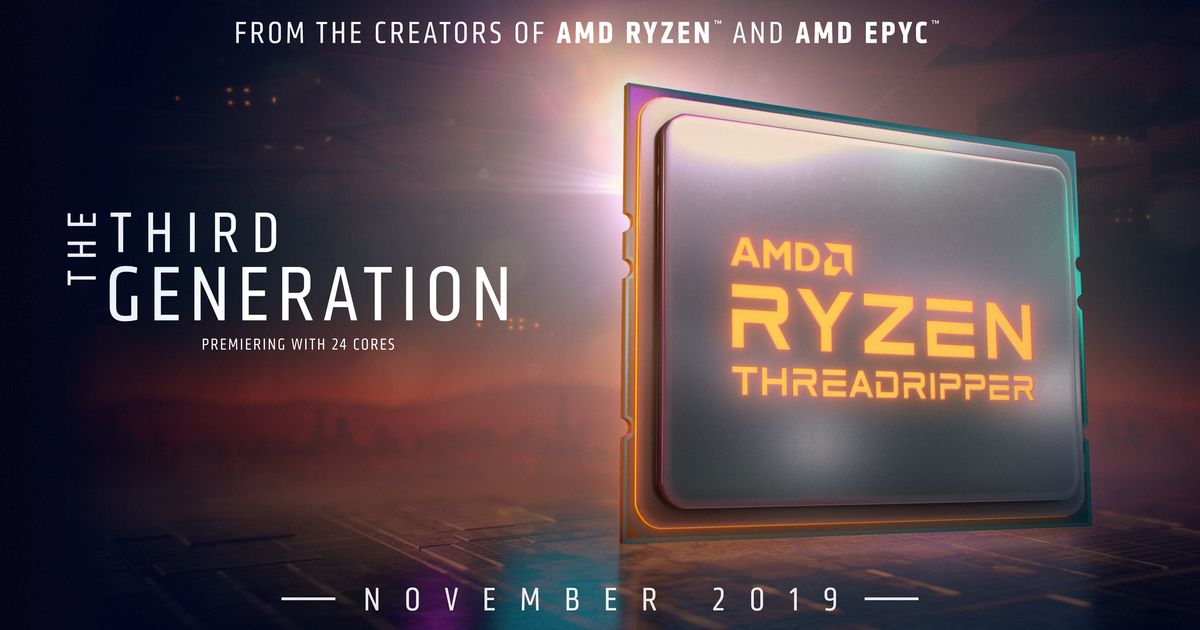 8GHz and a boost clock of 4.7GHz. The 3800X is an 8 core, 16 thread CPU with a base clock of 3.9GHz and a boost clock of 4.5GHz. The 3700X is an 8 core, 16 thread CPU with a base clock of 3.6GHz and a boost clock of 4.4GHz.
8GHz and a boost clock of 4.7GHz. The 3800X is an 8 core, 16 thread CPU with a base clock of 3.9GHz and a boost clock of 4.5GHz. The 3700X is an 8 core, 16 thread CPU with a base clock of 3.6GHz and a boost clock of 4.4GHz.
AMD Ryzen 9
AMD Ryzen 9 is the current flagship CPU range from AMD. It offers the most powerful processors for workstations, content creation rigs, and high-end gaming systems. If you want the very best that AMD has to offer in a Ryzen CPU, this is the range you want. The Ryzen 9 line currently offers two CPU options and one OEM-only APU option.
The Ryzen 9 5950X is the most powerful desktop CPU on the market right now. It’s a 16-core, 32-thread behemoth that can chew through any task you throw at it. The other CPU option is the Ryzen 9 5900X, which is a 12-core, 24-thread CPU. It’s still an extremely powerful processor, but it doesn’t have the same core count as the 5950X.
AMD Ryzen Letter Meanings
Now that we’ve gone over the different Ryzen series, it’s time to look the letters that come after the number. These letters denote different things, and they’re important to understand if you want to get the most out of your CPU.
These letters denote different things, and they’re important to understand if you want to get the most out of your CPU.
X – The X designation denotes the highest performance SKU in the Ryzen series. It has the highest clock speeds and the best single-core performance.
G – The G designation denotes a CPU with integrated graphics. These are usually the lower-end SKUs in the Ryzen series.
S – The S designation denotes a CPU with a reduced TDP. These CPUs have lower clock speeds and are meant for energy-efficient systems.
GE – The GE designation denotes a CPU with a reduced TDP and integrated graphics. These are the lowest power SKUs in the Ryzen series.
XT – The XT designation is given to special edition CPUs that have higher clock speeds than the standard X CPUs. These are usually released later in a product cycle.
H – The H is given to CPUs that have a reduced TDP and higher clock speeds. These are meant for gaming laptops and other mobile devices.
HS – These are high-end SKUs that have a reduced TDP.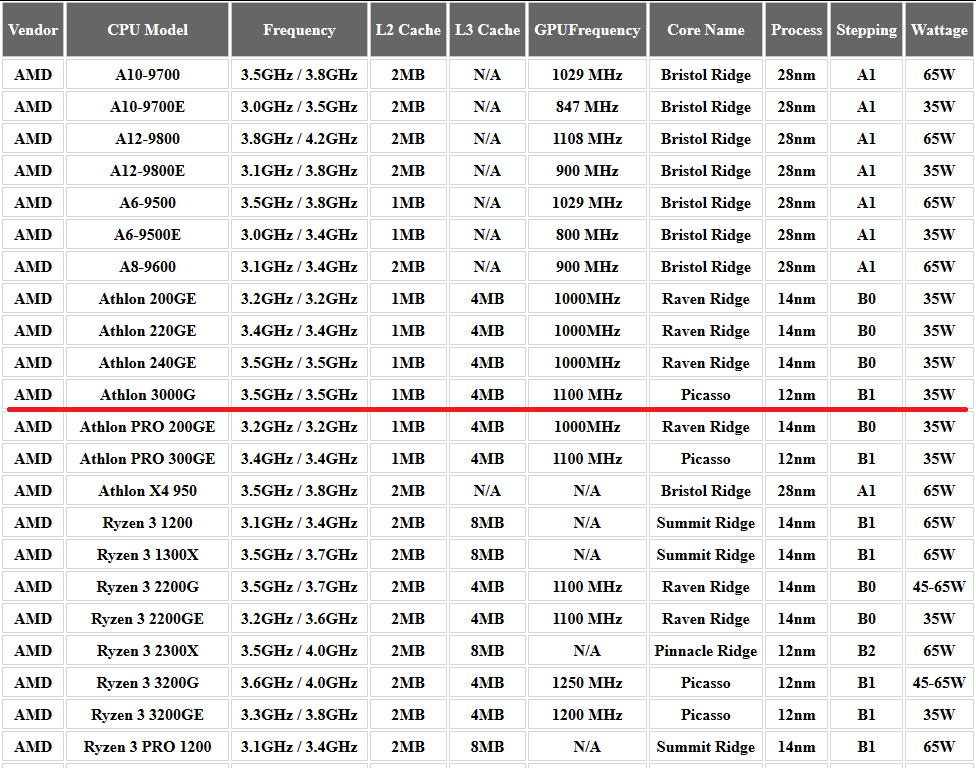 They’re meant for laptop systems or other energy-efficient systems.
They’re meant for laptop systems or other energy-efficient systems.
AF – The AF designation is used for “affordable” CPUs. These are lower-end CPUs that are still part of the Ryzen lineup but are meant for budget systems.
AMD Ryzen Number Meanings
The numbers in the Ryzen lineup denote different things, and they’re important to understand if you want to get the most out of your CPU.
First Number
The first number in a Ryzen CPU denotes the generation of the CPU. The higher the number, the newer the CPU. For example, a Ryzen 7 2700 is a 2nd-generation CPU, while a Ryzen 7 3700 is a 3rd-generation CPU.
Second Number
The second denotes the performance tier of the CPU. The higher the number, the higher the performance. For example, an AMD Ryzen 5 5500 is a lower-end CPU, while an AMD Ryzen 5 5600 is a higher-end CPU.
Third Number & Fourth Number
The third and fourth number denote the CPU model. This leaves the option for speed bump and SKU differentiator.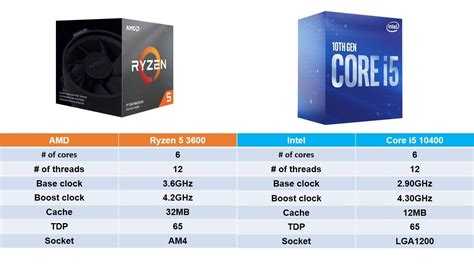
How To Check What Generation Your AMD Ryzen Processor Is On Your Laptop
To check what generation your AMD Ryzen processor is on your laptop, you will need to open the Task Manager.
- Right-click on the taskbar and select Task Manager.
- Select the Performance tab.
- Select CPU.
- Find the Processor column and look for the number next to it. This number is your generation.
For example, if the number next to Processor is 7, then your AMD Ryzen processor is 7th generation.
Final Thoughts
Now that you know the different AMD Ryzen series and what the letters and numbers mean, you can make a more informed decision when it comes to choosing a CPU for your next PC build.
If you’re looking for the most affordable option, go with Ryzen 3. If you’re looking for the best all-around CPU, go with Ryzen 5. If you want the most powerful CPU, go with Ryzen 7. And, if you want the very best that AMD has to offer, go with Ryzen 9.
Total
Shares
AMD announced the presentation of the new generation of processors Ryzen
Platforms:
PC
Categories:
Exhibitions
Tags:
Ryzen
Lisa Su
AMD Ryzen 7
Source
- Comments
- Forum
AMD will showcase the Ryzen 7000 lineup on August 30th. The event titled Together we advance_PCs will be streamed by on YouTube . The start is scheduled for 02:00 Moscow time.
The event titled Together we advance_PCs will be streamed by on YouTube . The start is scheduled for 02:00 Moscow time.
CEO Lisa Su , CTO Mark Papermaster and other top managers will perform as part of the show. They will outline the details of the new Zen 4 architecture that will power the next generation of Ryzen processors. Also, viewers are waiting for details about the 7000-series chips themselves and the platform intended for them AMD Socket AM5 .
The latest is based on the most advanced technologies, including DDR5 and PCIe5 . Ryzen 7000 processors are expected to go on sale this fall.
See also : The Witcher fan created and animated the characters in the MetaHuman editor on Unreal Engine 5.
Subscribe to our Telegram channel, where we publish what does not fall into the news feed, and follow us online:
Telegram channel
Google News
Yandex
News
Yandex Zen
Latest news
-
02/19/2023
GamesVoice Studio has collected the required amount for the Russian-language voice acting of Hogwarts Legacy for PC -
19.
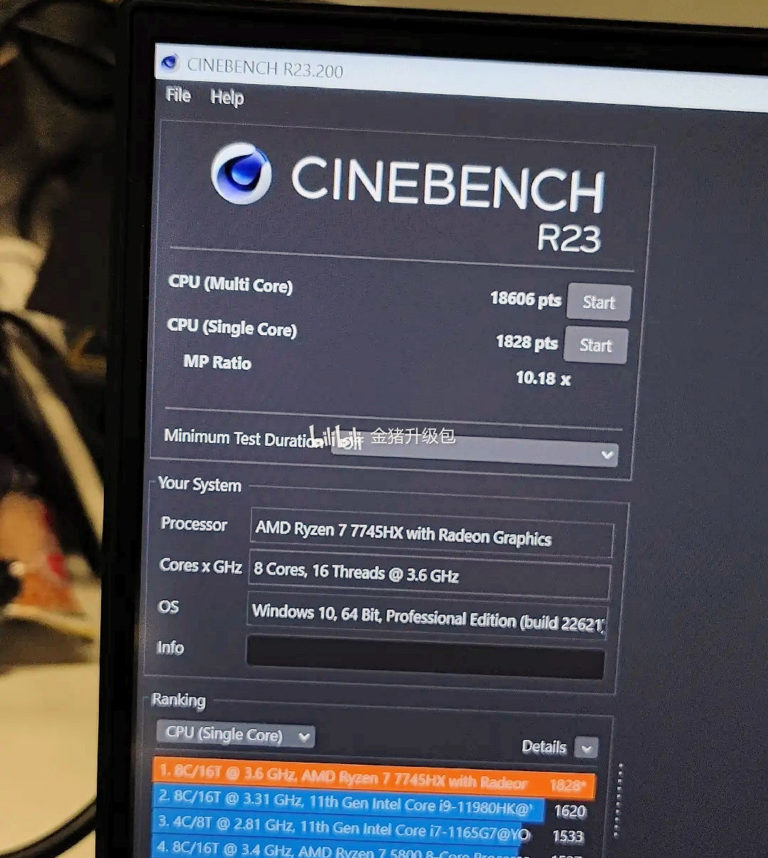 02.2023
02.2023
Lovecraftian Tim Burton-style metroidvania The Last Case of Benedict Fox has got a trailer from IGN Fan Fest 2023 -
02/19/2023
Microsoft did not interfere with the development of Hi-Fi Rush from the authors of The Evil Within -
02/19/2023
A list of the most popular TV shows for 2022 in Russia is presented — the top includes Attack on Titan and Chainsaw Man -
02/19/2023
«Contender for the title of the best game of 2023»: Laudatory trailer for Hogwarts Legacy released -
02/19/2023
It looks like Sony has indeed acquired a new studio from the authors of Until Dawn — it is preparing an exclusive for the PlayStation 5
Intel Unveils 13th Gen Raptor Lake Processors — Up to 58% Faster than Ryzen 95950X in games — Hardware on DTF
{«id»:4011,»url»:»\/distributions\/4011\/click?bit=1&hash=55ad3000807a757cbbf1bee7615e9ca08d6a32c7adeefc8b9b05c7113u211e27f»,»title»:0″\04″2 u0431\u0438\u0440\u0430\u0435\u043c\u0441\u044f \u0432 50 \u043e\u0442\u0442\u0435\u043d\u043a\u0430\u0445 \u0441\u043c\u0430\u0439\u043b\u0438\u043a\u043e \u0432″,»buttonText»:»\u041f\u043e\u0434\u0440\u043e\u0431\u043d\u0435\u0435″,»imageUuid»:»04c08a2a-fbea-5a8f-8788-246091170373″,»isPaidAndBannersEnabled» }
Worldwide sales start on October 20th. The price of the flagship Core i9-13900K is $589.
The price of the flagship Core i9-13900K is $589.
19032
views
Intel’s 13th generation processors feature a hybrid architecture combining high-performance P-cores and power-efficient E-cores. The load between them is distributed using the Intel Thread Director, a microcontroller built into the chip that monitors and regulates the workload of threads. Intel used this same technology in the 12th generation Intel processors.
The company says Raptor Lake processors offer up to 41% faster multi-threaded performance than previous generation chips. In «single thread» the advantage reaches 15%.
Intel processors received support for 16 PCIe 5.0 and four PCIe 4.0 lanes for SSD drives, as well as DDR5-5600 and DDR5-5200 RAM. The chips have retained DDR4 compatibility.
As part of the presentation, the company presented a graph comparing i9 performance-13900K with i9-12900K, Ryzen 9 5950X and Ryzen 7 5800X3D. According to him, the advantage of i9-13900K over Ryzen 9 5950X in games reaches 58%.
